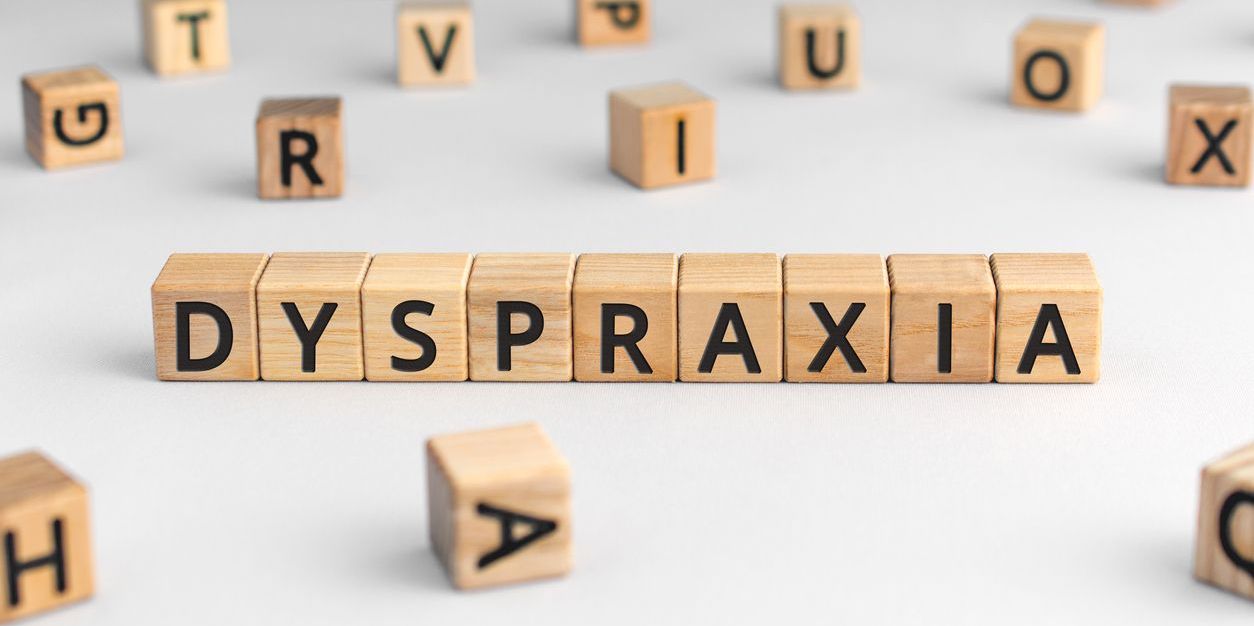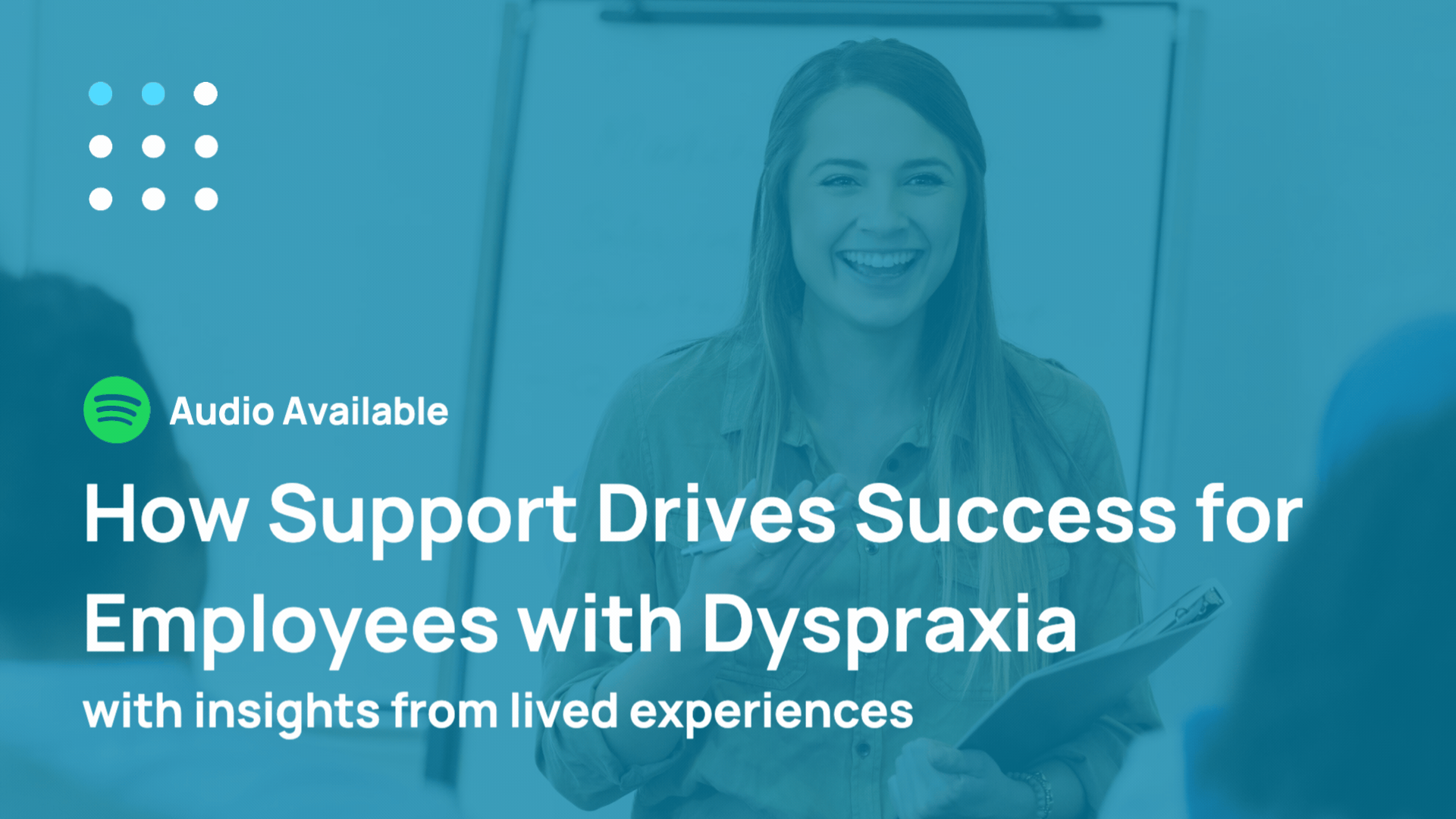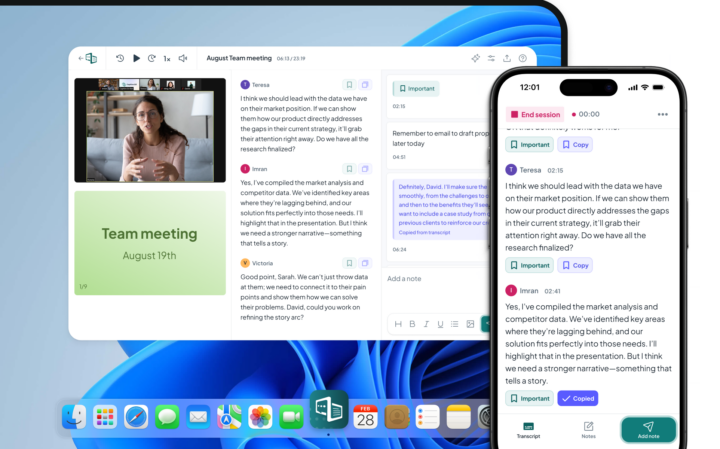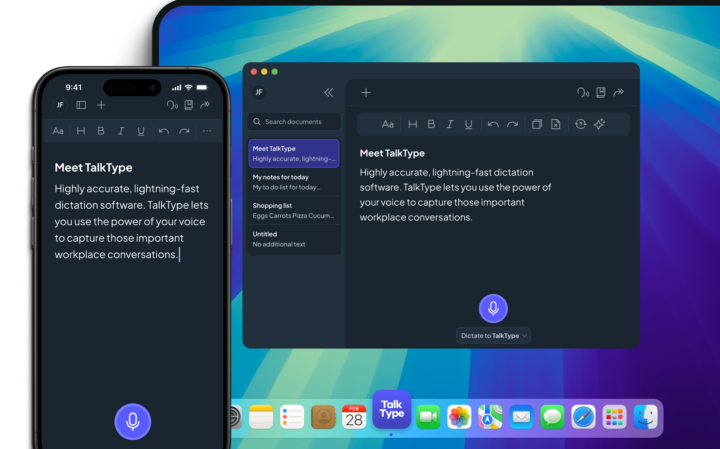What Is the Difference Between Dyslexia and Dyspraxia?
As applied neurodivergent conditions, dyslexia and dyspraxia are often spoken about in similar terms. They’re both classed as disabilities under the Equality Act 2010 to protect individuals from discrimination. And they both impact language processing.
But while both neurodivergences impact a person’s fluency and ability with speech and language, in practice dyslexia and dyspraxia impact different areas of the body.
Dyslexia affects reading, writing, and spelling. People with dyslexia have problems with phonological awareness to match the sound of words with the way they’re written.
Dyspraxia impacts coordination, organisational skills, and speech and language. This can mimic aspects of dyslexia when individuals have coordination problems when writing or when organising words in their mind. In practice, both are distinct conditions with different symptoms that can sometimes co-occur. For instance, someone with dyslexia may also be dyspraxic while having ADD or ADHD.
Physicians should treat dyslexia and dyspraxia separately to allow individuals with these conditions to gain the most targeted and appropriate support.
Apraxia vs Dyspraxia
Apraxia is a separate neurological condition from dyspraxia that describes the complete loss of the ability to perform movements or coordinate the body, despite understanding the need to. People with apraxia have great difficulty or find it impossible to move in particular ways, despite normal muscle function and a clear understanding and impulse to do so.
There are many types of apraxia, including apraxia of speech, which is different from verbal dyspraxia or Childhood apraxia of speech. Apraxia of speech refers to individuals who find it difficult to speak at all or who can’t instruct their bodies to form words in the usual way.
Other types of apraxia include ideational apraxia, ideomotor apraxia, oculofacial apraxia, oculomotor apraxia, and melokinetic apraxia.
Symptoms of apraxia may include:
- Inability to perform facial movements like coughing or sneezing
- Problems with eye movement
- Losing the ability to say words already learnt
- Needing specific tools to carry out basic tasks
- Smaller steps
- Difficulty chewing
- Clumsiness
Want to Know More About Our Products?
Learn More
While there is some overlap between dyspraxia and apraxia, apraxia is most often a result of brain damage. Apraxia is usually evaluated by a Doctor with physical exams, brain functioning, and imaging tests to support any diagnosis.
Like dyspraxia, there isn’t a cure for apraxia. However, patients can deploy management techniques and physical therapies to support them with daily living.
Is Dyspraxia Genetic?
Some empirical studies suggest dyspraxia may be inheritable. But, according to the Dyspraxia Foundation, scientists have not identified any specific gene. They suggest a likelihood of many different factors that cause dyspraxia, with genetics being one.
In essence, family history may increase someone’s chances of being born with or discovering they have dyspraxia. This is likely to be a factor that a Doctor or therapist will consider during any assessment for dyspraxia.
Parents may have to review family members who experience difficulties with coordination, poor posture, fatigue, or a lack of ability to carry out daily tasks.
CareScribe Offers Assistive Technology for Neurodivergent Users
Assistive technology can be used to support and enhance communication for people at workplaces and universities. CareScribe is at the forefront of assistive technology and our products address a wide range of needs.
Featuring a set of custom dictionaries with live captioning and note-taking functions, Caption.Ed can add captions instantly to your meetings, lectures or seminars, either in-person or online. You can also add timestamped notes, synced to your transcript, and highlight key information so you never miss out on the important stuff.
TalkType is highly accurate dictation software built for Windows, Mac, and mobile devices. Dictation software like TalkType can transform the way you work and study. As well as boosting productivity and efficiency, dictation software can provide autonomy to anyone who cannot type using traditional keyboards.
Caption.Ed and TalkType are dynamic AT tools that are transforming outcomes across many workplaces and universities.





